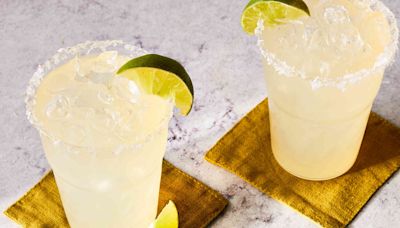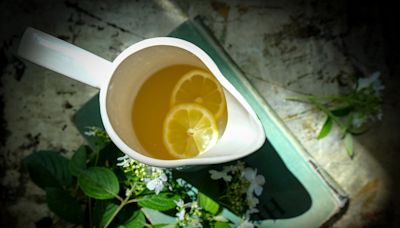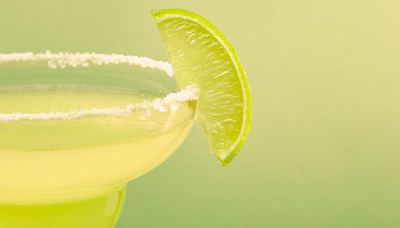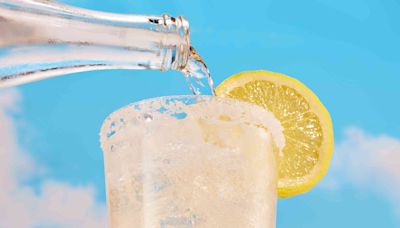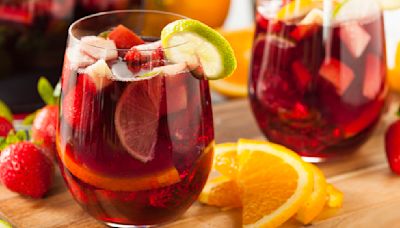Search results
How Do You Make A Cocktail Drink Recipe - Yahoo Recipe Search
Food52When writing my second cocktail book, Saved by the Bellini, I took a completely different approach than my first, Drink What You Want. That first book was written as a primer into the world and structure of cocktails. I started with a core set of cocktails that represented the concepts I wanted to introduce to the reader: structure, balance, how to achieve aromatic complexity, and most importantly how to develop a strong sense of one’s own preferences. I had to take a radically different approach when developing Saved by the Bellini. How do you explore a decade through drinks? And I’m not talking about drinks from the 1990s, I’m talking about drinks that tell the story of the 1990s. I wanted to capture the same feelings I felt coming of age in that decade through up-to-date drinks that would not be out of place on any bar’s cocktail menu today. Cocktails and works of art function on similar frameworks and some might say cocktails are an art form—and I would not disagree. Essentially, they’re emotional: They come down to the simple questions of how it makes you feel and whether you like it or not. For this drink, I wanted to capture the feeling I had watching the Dark Phoenix saga unfold on the Saturday-morning X-Men The Animated Series. The saga tells the story of a psychic mutant, Jean Grey, who is possessed by an ultra-powerful alien entity and is transformed into a chaotic and destructive fiery red-and-orange being. The drink leverages the different densities between syrup (heavier) and soda water (lighter) to create a similar color gradient to the animated pseudo-deity. The Ultragrenadine recipe is a bit of a kitchen task, but it keeps well in the freezer and is used throughout many recipes in the book, so you’ll always have an excuse to bust out this complexly-layered cocktail ingredient.Food52My Northern Californian version of the caipirinha was inspired by a charming and charismatic Bread Man at our local farmers market. His stall was our first stop every market Saturday. Besides selling a wide variety of delicious bread, he’d also always offer a smile and treats for our kids. ”Your daughters are beautiful,” he’d say as he handed us some complimentary sweet rolls and sometimes a few toys. We reciprocated with our loyalty, and one day my husband wanted to give him a small gift. We’d discovered a teeny Brazilian mart nearby, where you could buy itsy bitsy bikinis, Brazilian flags, pao de queijo and discount air tickets to Rio. They also sold the earthy Brazilian equivalent of Folgers, Pilao coffee. We were hooked on its assertive flavor. On his most recent visit, my husband picked up an extra bag of Pilao for the Bread Man, whom he was sure would be surprised and happy to see a familiar taste of home. Instead, the Bread Man’s usual sunshiney smile turned into near-rage. ”I am not your typical Brazilian. I do not drink coffee. I do not play football. I do not listen to samba. My favorite food is sushi.” After that unintended insult, things were never the same. The Bread Man would skip over us for the next person in line, and needless to say, gone was the friendly banter and sweet rolls offered gratis. I wonder how he would have reacted if we had instead offered him a caipirinha, Brazil’s national cocktail. The caipirinha is made with cachaça, which is distilled from the fermented juice of sugar cane, and in its homeland is consumed in the amount of 53 million gallons yearly. To make a caipirinha, cachaça is stirred with the juice of limes muddled with sugar to make a refreshing drink. For the Bread Man, whom we didn’t mean to offend or stereotype, I’ve reinterpreted the classic lime-based recipe. In this version, I’ve substituted sunny California Meyer lemons, accented with a subtle herbal note of thyme. As a bonus, the colors of this drink match the Brazilian flag.

